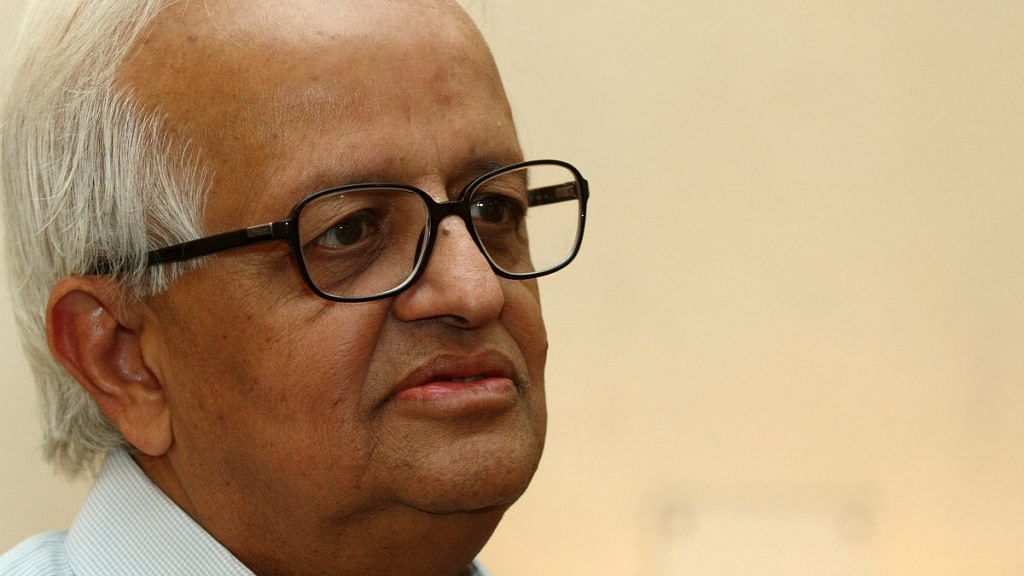New Delhi: The Bimal Jalan panel is set to recommend a transfer of the Reserve Bank of India’s surplus reserves to the government in tranches over the next three to five years, a source familiar with the deliberations said.
This means the government will not get the surplus reserves in one go to ease the fiscal pressure on it. The transfer will be based on a formula. The amount, however, could not be ascertained by ThePrint.
The recommendation comes despite differences within the panel, with Subhash Chandra Garg, Secretary, Economic Affairs, who is representing the government, expressing his disagreement.
The panel, which met for the last time Wednesday, will submit its report to the central bank sometime over the next few days. It is also likely to recommend a periodic review of the economic capital framework of the RBI every three to five years.
Why panel was set up
The Jalan panel had been constituted jointly by the Reserve Bank of India and the government to decide the level of excess reserves of the central bank, and the amount that can be transferred to the government.
While the government has been of the opinion that the contingency reserves of the central bank are more than required, the RBI had defended the need for adequate capital to take care of any exigencies.
The government was also eyeing the valuation reserves, but the RBI contended that these are unrealised gains.
After months of disagreement, the central bank and the government agreed to set up a committee to arrive at the economic capital framework of the central bank in December 2018.
However, the differences between the government and the RBI have spilled over to the panel, which delayed its report from the original April deadline by a few months.
Types of reserves
The RBI has three kinds of reserves — valuation reserves for dealing with volatility in foreign exchange holdings and government securities, asset development reserves for taking care of depreciation and other asset-related costs, and a contingency reserve to take care of any unforeseen emergencies.
As of June 2018, the total reserves of RBI exceeded Rs 9 lakh crore, with more than Rs 6.9 lakh crore in valuation reserves, according to its annual balance sheet.
Also reads: RBI rate cuts now reaching consumers in two-three months, not six, says Shaktikanta Das
